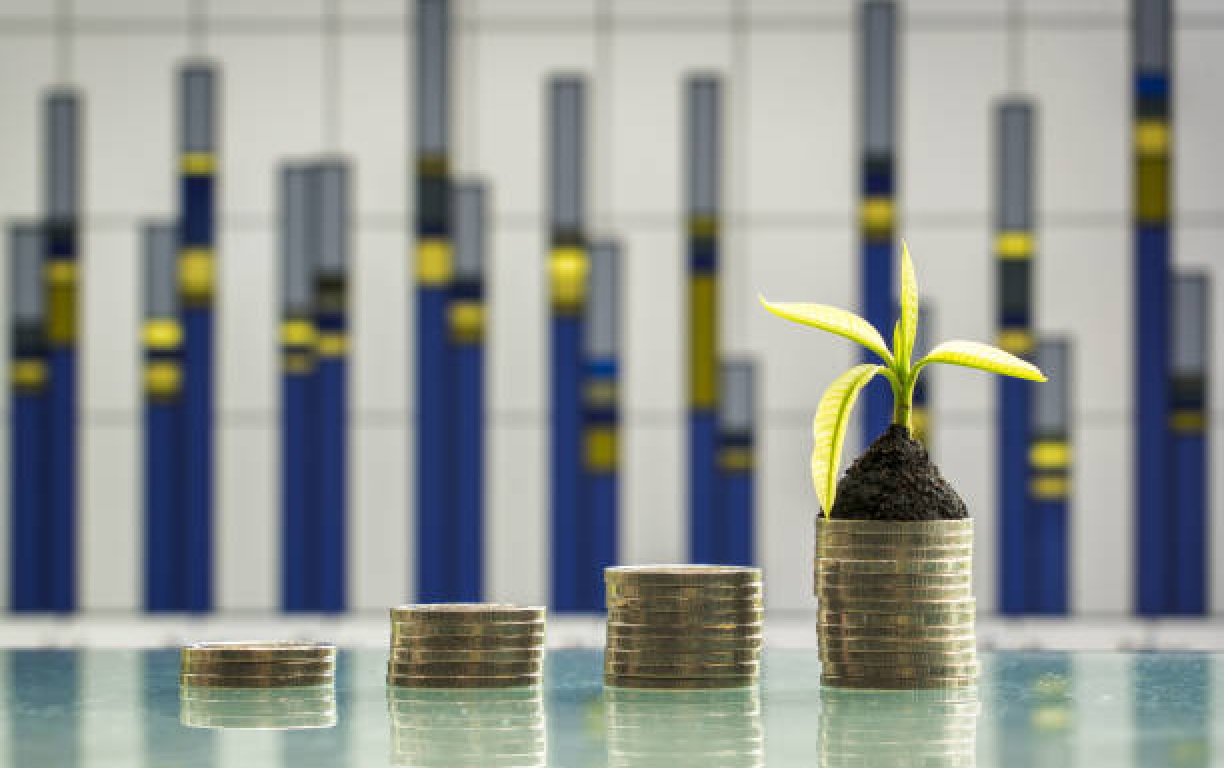
How Development of ESG Will Shape Real Estate
Companies around the world are reshaping their brands and processes to strengthen environmental, social, and governance (ESG) strategies to evaluate companies’ impact on communities and the environment, as well as ensure ethical processes. Being responsible from an ESG perspective is not just the right thing to do, it’s an essential part of the business model. Socially and environmentally sustainable businesses are more resilient and by also creating more resilient communities and industries, there is less market risk of market disruptions. Furthermore, ESG investing standards are increasingly commonplace—from private firms to publicly ETFs.
The real estate industry is no exception. In fact, RE currently accounts for 40 percent of the world’s carbon emissions. As one of the largest asset sectors, developers, contractors, and investors have an opportunity to rewrite that narrative and create inherently impactful change for the future. So how will the industry shift to boost accountability? ESG ratings are a start.
Quantifying ESG
While businesses have already begun publishing ESG data, in the coming years, rating disclosure in financial reporting will likely be a standard. One third of professionally managed assets, approximately $30 trillion, are now subject to ESG criteria. The US Securities and Exchange Commission requested more information on companies’ efforts to address climate change, and recent changes in the Corporate Sustainability Reporting Directive and the China Securities Regulatory Commission will establish reporting requirements on indicators like carbon emissions and human capital.
However, there are two common complaints about ESG ratings. One, there are multiple rating systems and therefore a lack of standardization. Two, there is less clarity on how to measure the social aspect of ESG. The S&P Global suggests the key question for social investing is “how can a company manage its relationships with its workforce, the societies in which it operates, and the political environment?” Indicators include workforce requirements, safety implications, politics of the supply chain and future consumer changes that could shrink the product’s market.
Regardless of challenges, there is no doubt that ESG ratings will become a key factor in evaluating businesses, and the rating systems are evolving constantly to ensure accountability.
Industry Players Raise ESG Standards
Even without mandated ratings, some developers and organizations are already rising to the ESG challenge by not only mitigating the negative effects of building but improving the areas where they develop and manage property.
The Ellinikon, the largest urban regeneration project in Europe, is building green space in Greece, as opposed to building over it. The project will nearly double the existing green space per capita for Athenians. Until recently, concrete far exceeded the region’s greenery. The Ellinikon will help reverse this, creating open green areas across 70 percent of the overall project, which spans a 6.2 million square meter space, the size of a small city.
Meanwhile in the US, The Howard Hughes Corporation, known nation-wide master-planned communities that are cities unto themselves, has the ability make change on a wide scale, from Hawaii to Maryland. Transparent about ESG, its comprehensive strategy boosts energy-efficiency, minimizes waste, and incorporates and preserves local ecosystems from inception. Their Summerlin community outside Las Vegas was named the first community to implement WaterSmart guidelines, and the HHC portfolio has saved millions of gallons each year through drought-tolerant landscaping. At the company’s Hawaiian community of Ward Village, Howard Hughes has actively improved the quality of the coastline and nearshore water on formerly industrial waterfrontage.
From a social perspective, Taconic Partners is known for going beyond their developments to revitalize neighborhoods. In the Bronx’s Eastchester Heights, Taconic and Clarion have invested more than $50 million to transform the 1,400-unit, rent-stabilized complex into a model for private investment in New York’s workforce housing stock. A hub for the community, Eastchester partners with local businesses to offer residents opportunities like free life coaching, job training, tutoring and financial counseling.
Post Brothers, responsible for Philly’s first LEED Gold-certified residential building, has been raising the ESG bar through energy-efficient infrastructure, water conservation, locally sourced labor, shortened supply chains and more. The developer is also the largest buyer of wind-generated electricity in the Philly region.
Although these leaders are striving to make a difference, the industry still has a lot of opportunity to raise its ESG standards. These next few years will be essential in fighting climate change, creating new policies and reversing real estate’s enormous impact on emissions. We look forward to watching our clients and the greater industry rise to the challenge.